Last week I published a brief round-up focusing on the highs of 2015, now here are a few predictions of what might be on the horizon for the South African beer scene in 2016.
The rise of the brewpub
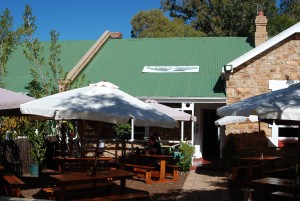
Cockpit in Cullinan is one of my favourite brewpubs
Brewpubs are awesome. They’ve really got every base covered. If you’re the kind of beer nerd who likes looking at shiny brew kettles and quizzing brewers on fermentation temperatures, you have the brewhouse right in front of you. But not everyone cares which is the mash tun and which is the lauter tun, so at least with a brewpub, those who want to taste without the tour are also well catered-for. And those who don’t want to taste at all but like a bit of lunch can also be kept happy. Licencing issues in South Africa have largely left us with vast amounts of mini breweries sitting in industrial parks skirting city limits – not always areas that are top of your ‘where to take the family this weekend’ lists. But in smaller towns, industrial zones often sit close to main centres; farms are the perfect spot for a brewpub (once the hideous process of rezoning is over) and even in cities, entrepreneurs are opening brewpubs in industrial areas. Tourism and beer are starting to walk hand-in-hand in South Africa, and I hope/expect/would love to see more brewpubs opening in 2016.
It’s not an easy thing to get right. You’re essentially running two businesses – a brewery and a restaurant – and the latter are notoriously difficult to get off the ground. Back in the late 90s/early 00s, the brewpub bubble burst in the States, but if SA brewers get a restaurateur on board, ensure their beer is top notch and open in an area with enough foot traffic, I strongly feel the brewpub could become a South African institution.
Brew-your-own

Vincent from The Beer Keg, Brendan from Copperlake and Danie from SAB prove that Copperlake’s brew-your-own experience is a blast
I’m not talking about homebrewing here – we all know that that hobby is already in full swing in South Africa. What I’m referring to is breweries that allow your average Joe/Joanne to come in and brew a batch of beer. I don’t want to harp on about licencing, but it’s a total pain in the arse to set up a microbrewery in SA, and for those who want to brew on a professional system and perhaps even sell their beer, the communal brewery idea is a winner. It’s already firly popular in the States and the UK, with places like Saugatuck Brewing Co and Hillside Brewery offering the chance to pick a recipe and join the brewery to create a beer for a wedding or other special occasion. Others, such as The Brew Kettle in Ohio and Ubrew on the Bermondsey Beer Mile in London specialise in letting outsiders come in to create a beer on their system. We’ve already seen a nod in this direction in 2015 – Copperlake’s Brew Your Own package has been a huge success, while there are two places in Cape Town offering a ‘brew a beer for your wedding’ package ( Beerspoke, operated out of the Brewers Co-op, and the similarly-named but entirely unrelated Bespoke Brews).
In 2016, look out for Growler Brewing Co, whose website promises to “offer the small guy out there the opportunity to brew his/her own beer and take their product to the retail market”. And keep an eye out for other craft breweries offering a similar service this year.
Session IPA
 While it seems like something of an oxymoron, the session IPA is a thing. The BJCP defines “session strength” as under 4% ABV and while breweries marketing session IPAs have lowered the alcohol level from the customary 5–7.5% range, few have managed to get under 4%. I suppose you could say that a hop-bomb under 4% is really a pale ale, but ‘session IPA’ has a much more marketable ring to it, so I suspect the term will travel to South Africa. And why shouldn’t it? We’re really starting to love hops here, but we also love our all-day-drinking weather. The beer crowned best in show at the 2015 Cape Town Festival of Beer was BrewDog’s Dead Pony Club – a fabulously hopped pale ale coming in at 3.8%. We want hops but we also want super-sippers that we can drink all day at the cricket. Brewers: bring on the session IPAs – we’re waiting for them.
While it seems like something of an oxymoron, the session IPA is a thing. The BJCP defines “session strength” as under 4% ABV and while breweries marketing session IPAs have lowered the alcohol level from the customary 5–7.5% range, few have managed to get under 4%. I suppose you could say that a hop-bomb under 4% is really a pale ale, but ‘session IPA’ has a much more marketable ring to it, so I suspect the term will travel to South Africa. And why shouldn’t it? We’re really starting to love hops here, but we also love our all-day-drinking weather. The beer crowned best in show at the 2015 Cape Town Festival of Beer was BrewDog’s Dead Pony Club – a fabulously hopped pale ale coming in at 3.8%. We want hops but we also want super-sippers that we can drink all day at the cricket. Brewers: bring on the session IPAs – we’re waiting for them.
Gluten-free beer
 Choosing a gluten-free beer has become quite the trend in other beer-drinking nations. The jury still seems to be out on just how much gluten a beer contains, but very few meet the requirements of them being less than 20 parts per million (of gluten) – the figure to hit if you want your beer to bear the gluten-free stamp. South Africa’s first gluten-free beer was Red Sky’s Goshawk, which uses a traditional SA grain in lieu of barley – sorghum – along with maize. Like its murkier, longer-established brethren, umqombothi, the beer is an acquired taste, but that hasn’t stopped other brewers from attempting to go gluten-free. Boston are working on a gluten-free version of the flagship lager, and bottles of BrewDog’s Vagabond have been flying off the South African fridge shelves. Both feature malted barley as their base and use a process to remove gluten once the brew is complete. I expect to see other brewers experimenting with gluten-free beers, particularly using alternative grains, in 2016.
Choosing a gluten-free beer has become quite the trend in other beer-drinking nations. The jury still seems to be out on just how much gluten a beer contains, but very few meet the requirements of them being less than 20 parts per million (of gluten) – the figure to hit if you want your beer to bear the gluten-free stamp. South Africa’s first gluten-free beer was Red Sky’s Goshawk, which uses a traditional SA grain in lieu of barley – sorghum – along with maize. Like its murkier, longer-established brethren, umqombothi, the beer is an acquired taste, but that hasn’t stopped other brewers from attempting to go gluten-free. Boston are working on a gluten-free version of the flagship lager, and bottles of BrewDog’s Vagabond have been flying off the South African fridge shelves. Both feature malted barley as their base and use a process to remove gluten once the brew is complete. I expect to see other brewers experimenting with gluten-free beers, particularly using alternative grains, in 2016.
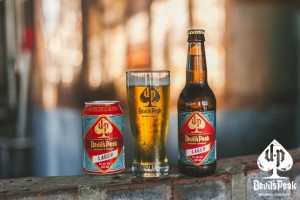
Bottle vs can – buy one of each and decide for yourself
Cans
I’m not going to go into the benefits of packaging a beer in a can here – I’ll leave that for another post (coming in the next couple of weeks) but in 2016 I think you’ll start to find more canned craft beers in our fridges. Nottingham Road was the first to can their brews back in 2014. Last year, Kruger Brau, a brand new brewery in the northern Free State, launched its range exclusively in aluminium cans. And then Devil’s Peak brought their lager and pale ale to market in brightly coloured cans – finally making South African craft drinkers sit up and take notice of the benefits of canning beer. I’m hearing rumours that another large player in the SA scene will be releasing cans this year and I imagine they won’t be the only one…
Micro-maltsters
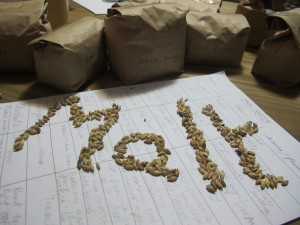 It won’t be news to you that the rand has been tanking of late. This sucks for South African holidaymakers trying to stretch their cash in lands of dollars, euros or pounds, but it sucks even more for businesses who rely on imports to create their products. While many South African craft breweries use SAB malts as a base for their brews, the absence of speciality malts here means that importing is essential if you want to create a range of beers. But as the rand weakens, it’s becoming more difficult to keep up (don’t be surprised if beer prices rise even further in 2016). At present a few nano-brewers are roasting SAB malts to mimic the flavours found in imported speciality versions but only one brewer that I can think of (buy Beer Safari if you want to know who) is actually malting his own. Perhaps we will see a couple of micro-maltsters in 2016, producing locally grown, malted and roasted grain.
It won’t be news to you that the rand has been tanking of late. This sucks for South African holidaymakers trying to stretch their cash in lands of dollars, euros or pounds, but it sucks even more for businesses who rely on imports to create their products. While many South African craft breweries use SAB malts as a base for their brews, the absence of speciality malts here means that importing is essential if you want to create a range of beers. But as the rand weakens, it’s becoming more difficult to keep up (don’t be surprised if beer prices rise even further in 2016). At present a few nano-brewers are roasting SAB malts to mimic the flavours found in imported speciality versions but only one brewer that I can think of (buy Beer Safari if you want to know who) is actually malting his own. Perhaps we will see a couple of micro-maltsters in 2016, producing locally grown, malted and roasted grain.
Breweries to watch this year
And finally, here are a few breweries to keep your eye on in 2016. In case you haven’t yet heard the Worst Kept Secret in craft beer, Jack Black will be expanding this year and launching its own brewery. Expect experimentation from the well-established brand. That’s all I’m saying. Likewise, the team at Darling have finally opened their own brewhouse and new additions to the long-standing range are just flowing out of the Swartland town. Wild Clover in Stellenbosch are currently upgrading their equipment, while up in Gauteng, Mad Giant are opening what I’m sure will be a very funky tap room and brewery in Newtown, Johannesburg and do keep an eye on Brickfields, who promise to brew big things in 2016. Speaking of big things, it will be interesting to see how the impending merger of the world’s two largest beer companies into a beermoth (haha, geddit – it’s a play on behemoth) that I like to call (S)AB-InBev will affect the South African beer scene.
And with an estimated 35 new breweries opening in 2015, you can expect to find much, much more beer this year. You can also expect to find much, much more Brewmistress – check back often to read up on the latest news or check out beer and restaurant reviews. Or better still, subscribe to never miss a post!
Got any predictions to add to the list? Any breweries you’re expecting big things from in 2016? Share your thoughts in the comments section below.

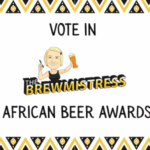


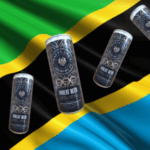

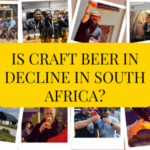
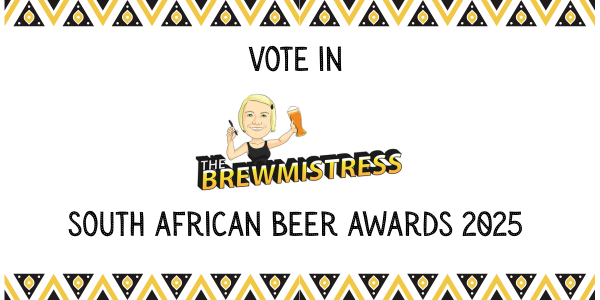
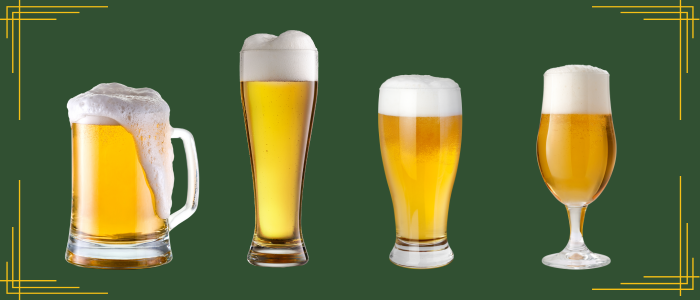
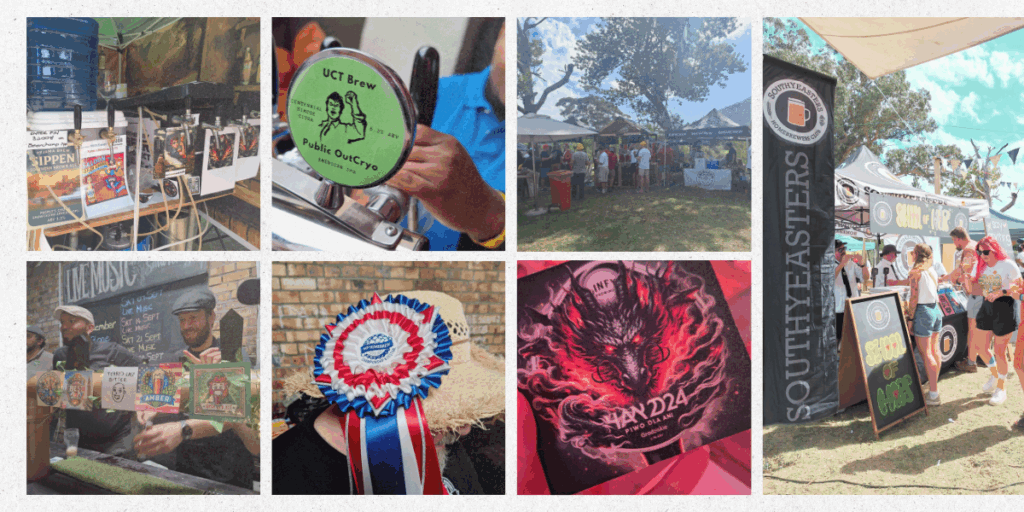
I was curious about the difference between pale ale and session IPA and the best answer I could find lay in the balance of the beer. So while both are hop forward, the pale ale will have more of a malt backbone and not finish as dry as the IPA. Note that the IPA should still have a malt backbone to balance the beer, just not as pronounced.
Thanks Matthew!
I’d add – the demise of overpriced craft beer – recently saw a Blockhead selling for R70 at the Social Kitchen and drank wine instead. People will vote with their feet – in this difficult year financially
Funnily enough Kevin, a fall in prices was on my original list. But I fear this is a dream rather than a prediction…
I like the idea of micro maltsters – are there examples of these internationally?
Certainly in the States. This article is old, but some good info: http://allaboutbeer.com/article/rise-of-the-micro-maltsters/
Have a look at Stimela Brewing. They’re brewing some challenging beers.